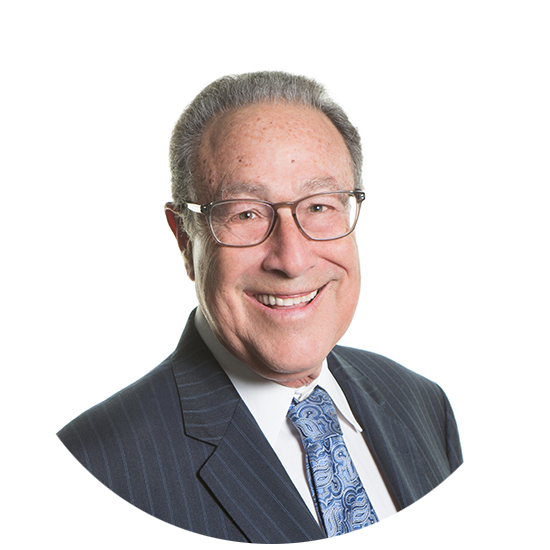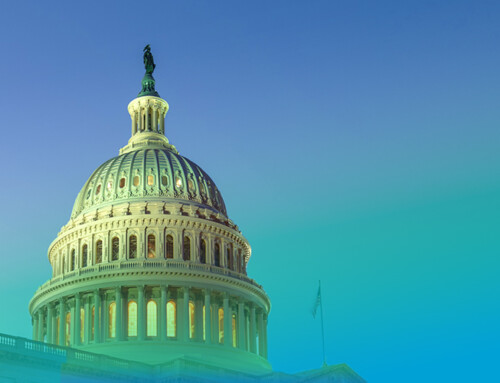Recently, California Governor Newsom signed a bill amending the Medical Compensation Reform Act (MICRA), which addresses medical malpractice claims in California, the first changes made to MICRA since the act was passed in 1975. While this amendment didn’t capture the headlines, some had sought revisions for many decades. People representing both the defense and plaintiff sides in California medical malpractice law were able to reach an agreement before the issues made their way to California voters. The amendment to MICRA (called AB 35) will impact cases filed after January 1, 2023, and is likely to result in higher proceeds for people receiving medical malpractice verdicts and settlements and their attorneys. At the same time, AB 35 maintains caps on payouts, reducing the risk to insurers and medical professionals of potentially large payouts, allowing some comfort about the affordability of insurance and the protection of personal assets.
History of MICRA
MICRA was enacted in California in 1975 during a period of soaring inflation and interest rates. The act was intended to lower medical malpractice liability insurance premiums and payouts. Excited by the promise of increased protections, doctors and other healthcare professionals put their full support behind the legislation. MICRA changed the legal approach to medical malpractice cases by limiting non-economic damages to a maximum of $250,000 and scheduling plaintiff attorney fees based on the amount recovered.
The attorney’s fees were limited to the following:
- 40% of the first $50,000
- 33% of the next $50,000
- 25% of the next $500,000
- 15% of anything above $600,000
For plaintiffs, the act limited the dollar amounts they could recover in claims of medical negligence. This results in personal injury or death and made it harder to find lawyers willing to take their cases. Under MICRA, attorneys were less likely to pursue medical malpractice cases due to their limited earnings potential and the costs of pursuing cases; attorneys tended to take only “open and shut” cases. Cases that were particularly complex or likely to go to trial were risky to plaintiffs’ lawyers for multiple reasons. First, the need to find and pay qualified experts to prove medical malpractice. Second, the tendency of juries to trust doctors’ expertise. Without legal teams with qualified medical malpractice experience to back them up, plaintiffs had little chance of winning in court. Despite opposition by many plaintiffs’ representatives, the courts and the legislature upheld MICRA for over 45 years until the signing of AB 35.
Key Changes to MICR
MICRA previously capped all noneconomic damages at $250,000 and made no adjustment for inflation. AB 35 distinguishes between cases involving death and life-altering injury and amends the caps accordingly:
- In wrongful death cases, the cap is raised from $250,000 to $500,000, and the cap will increase by $50,000 every January 1st until the total payout cap reaches $1 million.
- If the injured person survives, the cap is now $350,000 and will increase by $40,000 every year until the total payout cap reaches $750,000.
In addition to the increase in the damage caps, the number of caps applicable in any single case is also increased. Under the original statute, in cases involving multiple unaffiliated defendants, the number of applicable caps was limited to two. Under the revised statute, plaintiffs can now receive up to three caps if there are three or more unaffiliated defendants.
AB 35 also makes inflation adjustment provisions for years to come. Beginning January 1, 2034, the applicable limitations on noneconomic damages will be adjusted for inflation on January 1st of each year by 2%.
Attorney Fee Limits
Advocates for plaintiffs will credit AB 35 with making legal representation more accessible, due to the greater potential financial reward to plaintiffs and their lawyers. While plaintiffs’ attorneys’ fees are still limited to a percentage of the proceeds, the overall percentage will be higher on any case over $200,000. With greater potential reward, plaintiffs’ attorneys will likely take on clients whose cases would have otherwise gone unrepresented. AB 35 adjusts attorneys’ earning potential based on the stage of the case when damages are recovered. The new attorneys’ fees limits are:
- 25% if the recovery happens before a civil complaint or request for trial is filed
- 33% if the recovery happens after a civil complaint or request for trial is filed
- A contingency fee greater than 33% if a case goes to trial and the plaintiffs’ attorney can substantiate a reason for a higher fee
Beyond the changes
An important provision of MICRA is maintained in the revised act – the mandatory periodic payment of judgements statute, applicable at the request of either a plaintiff or defendant. While this may seem like only a post-verdict issue, it suggests a strategic approach in the negotiation phase. Evaluation of economic damages, and now potentially non-economic damages, using structured settlement payments is especially valuable in cases in which plaintiffs have incurred life-long injuries, families have lost the support and wages of a family member, or it is sensible to schedule future payments for minors.
While the tax-free nature of a structured settlement is often its initial appeal, there are other advantages that are frequently overlooked. In catastrophic cases, medical underwriting can increase the benefits available to the injured party over their lifetime. Additionally, disagreements over a plaintiff’s life expectancy can be mitigated by utilizing a lifetime annuity, as payments cannot be outlived, removing the concern of early exhaustion of the settlement. A structured settlement consultant can work closely with the parties to craft payment streams that are designed to meet financial needs for as long as a lifetime.

By Len Blonder | Vice Chair, Settlement Consultant
Len Blonder has over forty years of negotiation expertise, ranging from medical malpractice to product liability, and has helped resolve billions of dollars in claims. Serving an unprecedented three terms as president of the National Structured Settlements Trade Association, Len is respected for his efforts to preserve the tax-free benefits of structured settlements.








